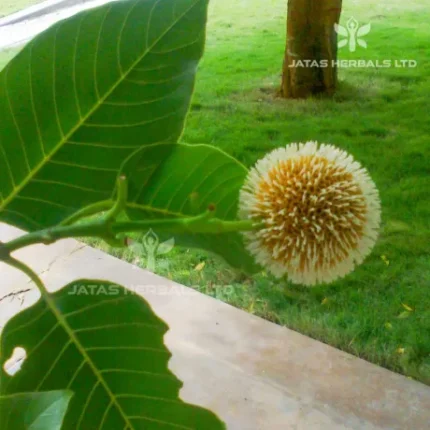Fruit of kapittha is praised for its nutritional as well as medicinal properties in al the samhita works and nighantu works. It is listed among the phala varga. Howver, unripen fruit is climed to cause sore-throat (C.S.Su.25).
Botanical description – A spinous, deciduous, glabrous tree, with bark shallowly furrowed; leaves alternate, imaripinnate; spines axillary, strong, straight; leaflets opposite, 3-9, obovate, cuneate; periole usually winged; flowers polygamous, dull-red, in terminal or lateral, loose panicles or racemes; fruits large, 4-7.5 cm diameter, globose, 1-celled, many-seeded; seeds buried in edible pulp, oblong, compressed. Flowering during January-April and fruiting during winter. Fourn in wild and under cultivation in dry regions of India. There are 2 forms of kapittha, one with large, sweetish fruits and the other with small, acid fruits.
Chemical constituents –
Fruit – oil, protein, vit. C, osthenol etc.
Leaf – orientin, psoralen , saponarin, vitexin, xanthotoxin etc.
Bark – feronolide, feronone, limonoids, indole etc.
Part used – fruits, leaves, bark.
Uses –
Fruit (unripen) – beneficial in whooping cough; pulp applied externally in case of venomous reptile and insect bites.
Fruti (ripen) – appetizer, atringent, stomachic etc.
Leaves – carminative, purgative etc.
Bark – useful in liver disorders.





Reviews
There are no reviews yet.